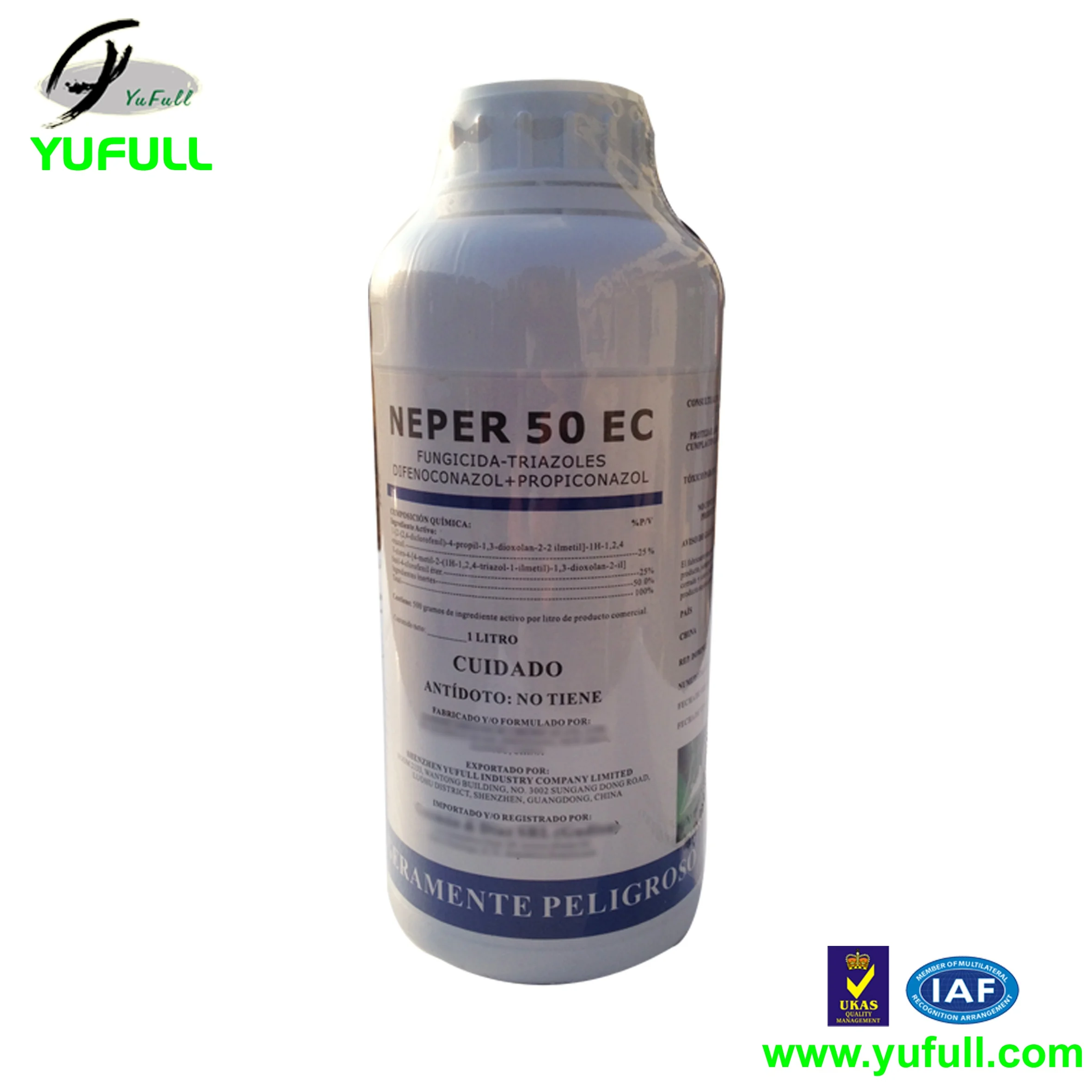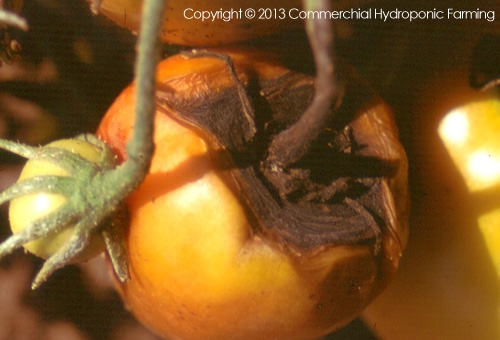

The typical disease symptoms initially form on older foliage near the ground as small dark-colored lesions that might expand to half-inch (3–12 mm) in diameter. Martin) Sorauer (Ascomycota, Pleosporaceae), is one of the most destructive foliar diseases of tomato that decreasing its production by 80%. Įarly blight, caused by Alternaria solani (Ellis et G. Tomato is highly susceptible to numerous fungal, oomycetes, bacterial, and viral phytopathogens that significantly reduce the crop quality and yield quantity. In Egypt, the total yield of tomatoes in 2019 was 6,751,856 tonnes and the harvested area was 173,276 hectares. It is grown in over 170 countries, with the total productivity of 180.77 million tonnes, produced from approximately five million hectares. Tomato ( Solanum lycopersicum L., family Solanaceae) is one of the world’s leading vegetable crops. These findings outline the potential application of BA and its hydroxylated derivatives as a sustainable alternative control strategy for early blight disease and also deciphering the physiological and biochemical mechanisms behind their protective role. Higher SA levels were associated with upregulation of pathogenesis-related proteins ( SlPR-1, SlPR1a2, SlPRB1-2, SlPR4, SlPR5, SlPR6), nonexpressor of pathogenesis-related protein 1 ( SlNPR1), and salicylic acid-binding protein ( SlSABP2). Additionally, BA and its hydroxylated derivatives induce the accumulation of salicylic acid (SA) and its biosynthetic genes including isochorismate synthase ( SlICS), aldehyde oxidases ( SlAO1 and SlAO2), and phenylalanine ammonia-lyases ( SlPAL1, SlPAL2, SlPA元, SlPAL5, and SlPAL6). Moreover, BA and its derivatives induce the activation of enzymatic ( POX, PPO, CAT, SlAPXs, and SlSODs) and non-enzymatic (phenolics, flavonoids, and carotenoids) antioxidant defense machinery to maintain reactive oxygen species (ROS) homeostasis within infected leaves. Benzoic acid, and its hydroxylated derivatives, enhanced vegetative growth and yield traits. solani and significantly reduced the disease development. All tested compounds showed strong dose-dependent fungistatic activity against A.

Herein, the potential defensive roles of benzoic acid (BA) and two of its hydroxylated derivatives, ρ-hydroxybenzoic acid (HBA), and protocatechuic acid (PCA) against A. Tomato early blight, caused by Alternaria solani, is a destructive foliar fungal disease.


 0 kommentar(er)
0 kommentar(er)
